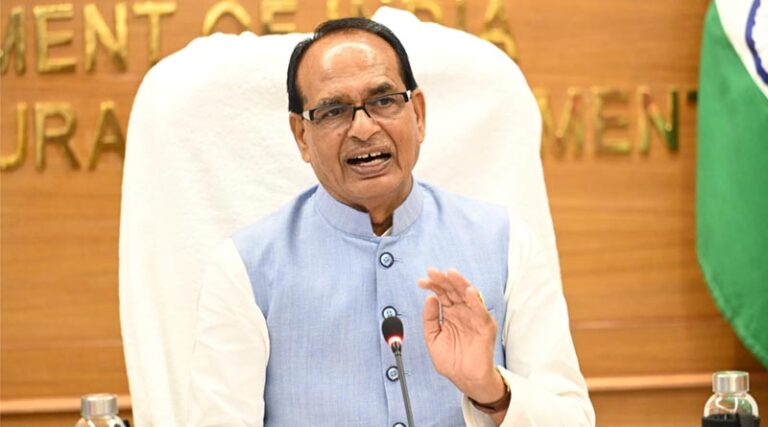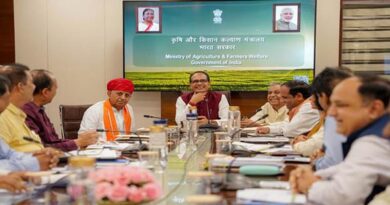
MSP Hike for Rabi Crops: Wheat, Barley Lead in Percentage Growth; Chana Records Lowest Increase
03 October 2025, New Delhi: The Union Cabinet has announced significant revisions in the Minimum Support Prices (MSP) for rabi crops for the marketing season 2026-27. While the hikes ensure that farmers continue to receive returns well above their production costs, a closer look at the year-on-year growth reveals a mixed picture, with some crops witnessing sharper percentage gains compared to others.
Overall Trend: Steady Hike with Varied Growth
Compared to the previous marketing season (2025-26), MSPs for all major rabi crops have been increased. Wheat and barley have recorded the highest growth percentages, while chana (gram) and masoor (lentil) have received relatively lower percentage hikes.
The increase is consistent with the government’s 2018-19 commitment to ensure MSPs are set at least 1.5 times the cost of production. Agriculture Minister Shivraj Singh Chouhan said the hike demonstrates the government’s continued focus on farmer welfare and ensuring remunerative returns.
Maximum and Minimum Growth
- Maximum Growth: Barley witnessed the highest year-on-year increase at 8.58%, followed closely by wheat with 6.59%. These two crops show stronger support, reflecting their importance in both food and feed sectors.
- Minimum Growth: Gram (Chana) recorded the lowest growth at just 3.98%, despite being one of the most widely cultivated pulses during the rabi season. Lentil also saw a relatively modest growth of 4.47%.
This suggests that while cereals like wheat and barley are being given stronger incentives, the pulses sector may need additional policy support to boost farmer confidence and production.
Comparative MSP Table (2025-26 vs 2026-27)
| Crop | MSP 2025-26 (₹/quintal) | MSP 2026-27 (₹/quintal) | Increase (₹) | Growth (%) |
|---|---|---|---|---|
| Wheat | 2,425 | 2,585 | 160 | 6.60% |
| Barley | 1,980 | 2,150 | 170 | 8.59% |
| Gram (Chana) | 5,650 | 5,875 | 225 | 3.98% |
| Lentil (Masoor) | 6,700 | 7,000 | 300 | 4.48% |
| Rapeseed & Mustard | 5,950 | 6,200 | 250 | 4.20% |
| Safflower (Kusum) | 5,940 | 6,540 | 600 | 10.10%* |
(*Note: Safflower growth percentage recalculated at ~10.1% increase over last year, making it the highest growth crop.)
Implications for Farmers
The MSP hike provides assurance to farmers ahead of the rabi sowing season. With safflower, barley, and wheat showing strong percentage gains, growers of these crops are expected to benefit the most. However, the relatively smaller hikes for chana and masoor could mean limited incentive for expansion in pulse acreage, despite the government’s parallel launch of the National Pulses Mission.
Experts point out that aligning MSP hikes with production needs and market demand will be critical to balance crop diversification, farmer incomes, and national food security goals.
Also Read: UPL Raises Mancozeb Prices in China Again Amid Supply and Cost Pressures
📢 If You’re in Agriculture, Make Sure the Right People Hear Your Story.
From product launches to strategic announcements, Global Agriculture offers unmatched visibility across international agri-business markets. Connect with us at pr@global-agriculture.com to explore editorial and advertising opportunities that reach the right audience, worldwide.






